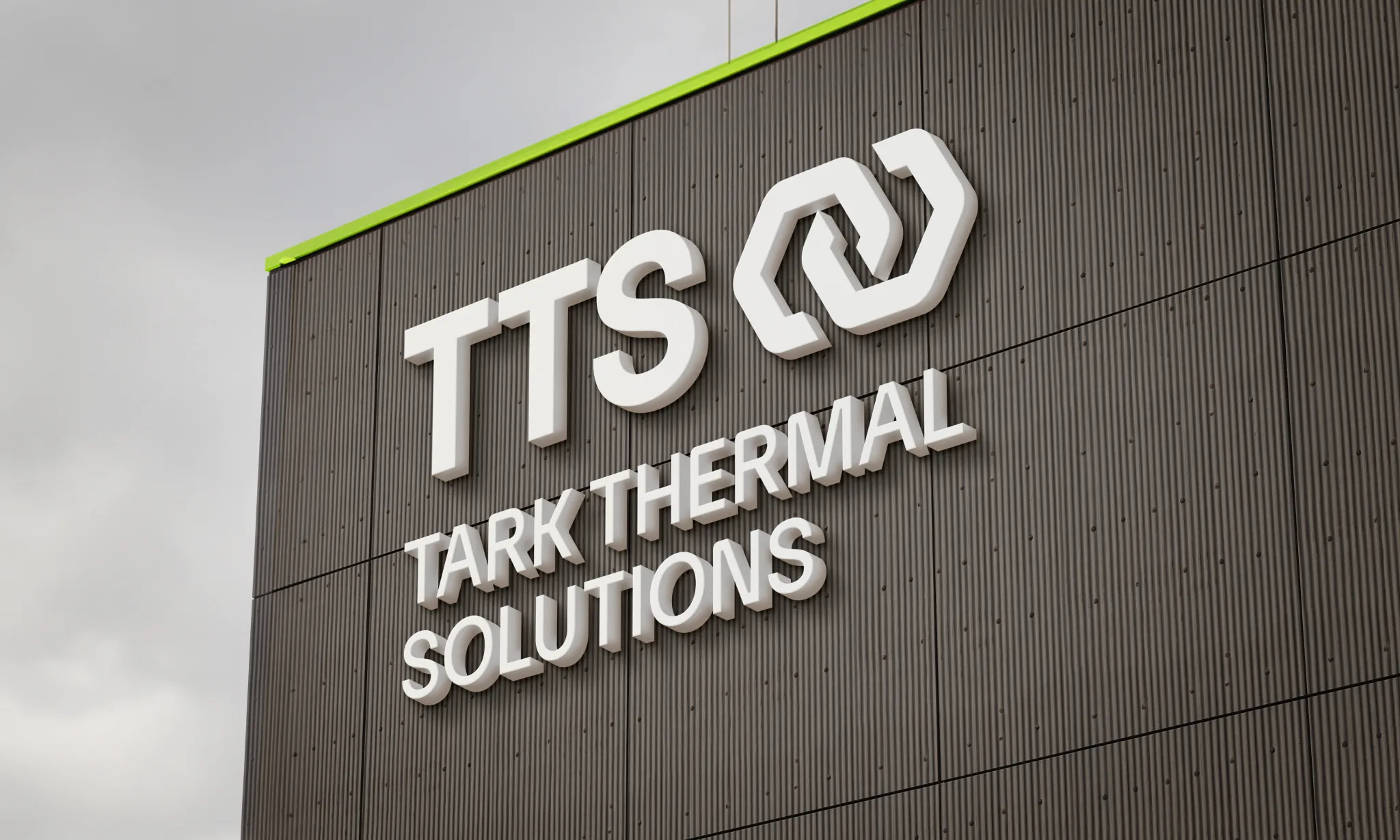Photonics Spectra Magazine: Spot Cooling Helps Industrial Lasers and Optics Stay on Point
The increasing demand in many end markets for advanced manufacturing systems that are able to increase production and cut costs have positioned laser systems as an important fabrication tool. High-power industrial lasers can generate outputs in excess of 10,000 W when processing thick metals, generating a significant amount of heat not only in the targeted surface but also in the sensitive optics inside the laser. The temperature of these optics needs to be maintained to achieve peak performance for the tool.
